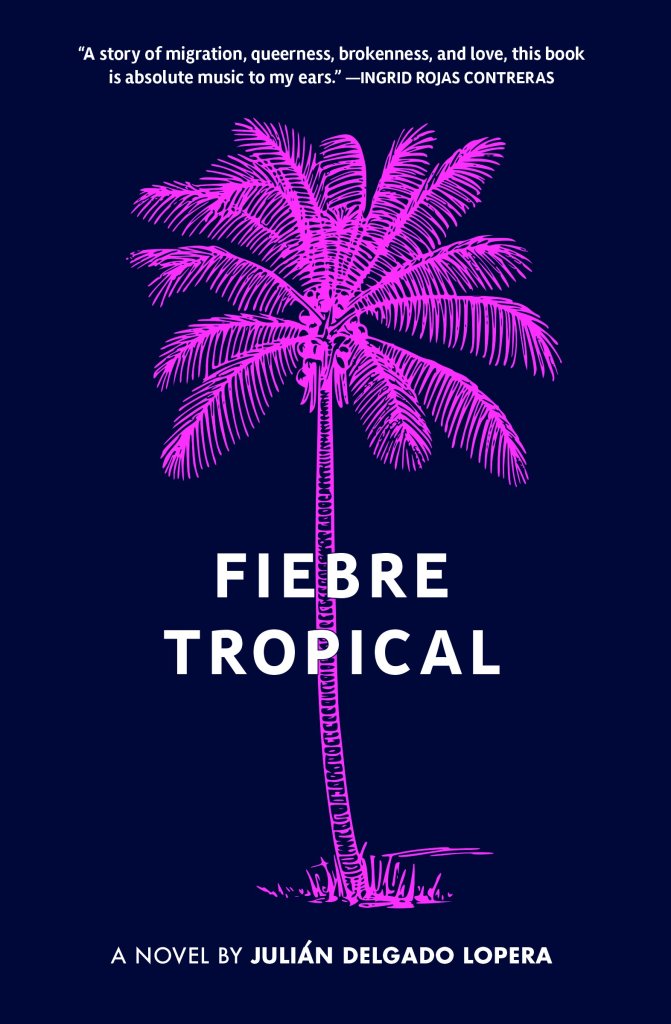I never really learned how to write a short story. Despite reading stories, at grad school I mainly focussed on writing a novel. So I tried to write stories but was never on sure footing.
Since then I’ve written a handful of stories that were published and appreciated. Good. But also kind of accidental.
There are whole discussions and dissertations on the boundaries and features of form, shape, etc. What must be in a story, what makes a story a story. I am not inside those conversations except as a reader and writer (which is to say I’m inside or adjacent to those conversations as practitioner, not scholar). This year I am taking a class with Ariel Gore which is helping me learn my way through and beyond what we have been told we can contain in any piece of writing. Good!
It’s been exhilarating to write stories within the context of hybridity of form—as I become less and less concerned with form. That is, I haven’t had time to fret or really think about whether something is a story or not—maybe being able to call a piece a story is up to me, maybe a vignette can also be a story. I believe it’s helpful to be aware of the rules (though rules can be oppressive, or have histories of oppression). Good to learn and then maybe unlearn. I don’t want or need to adhere to rules that don’t work for me. (Rules such as: a character must have a large or small epiphany, or a story must display a certain shape, narrative arc, or structure.) And so these new things I’m writing (which I call fiction) are free form, maybe free of form. I think I’m reaching back to what my mate and I sometimes discuss in our feedback, “is this a story?” “I don’t know if this is a story.” Does a story need a certain specific ingredients to it to be called fully baked? If I leave something out, or add in something that isn’t on the list, is it still possible that the product will taste good, feed a hunger? If words and imagery and music coalesce into a Something, is that enough? To make a thing that’s a Thing?
What I’m getting at is whose rules are these, and do I really need to abide by them? (The answer is not mine, and not really.) Yes, a story (any piece of writing for others) might satisfy in some (possibly ineffable) way, and might (I hope) contain vibrant imagery, etc. but who says stories can’t be more like poems? Who says a poem or a dream isn’t enough?
I’m deeply interested in this question—especially because I round out a collection of longer pieces that probably pass as stories (in a traditional way)…I’m catching these new little dream-lets, making them into things that (to me) feel like Things. I’m eager to let these new hybrid beings past the bouncer and into the party of my story collection. Why not? It’s a low stakes risk. Maybe the editor won’t like it. Maybe I’ll get a bad review. Who cares, if I feel that the collection, what I am curating, has integrity?



